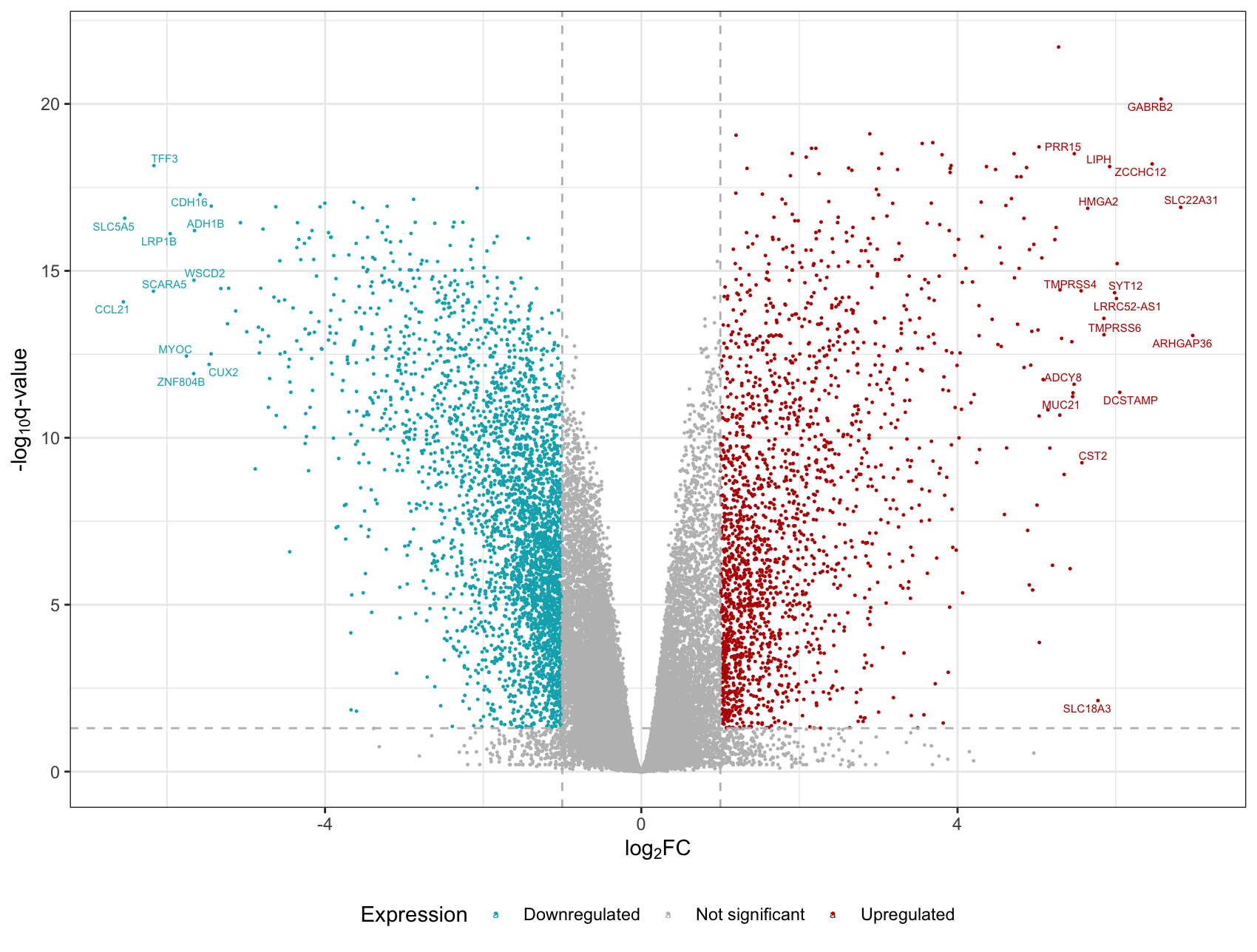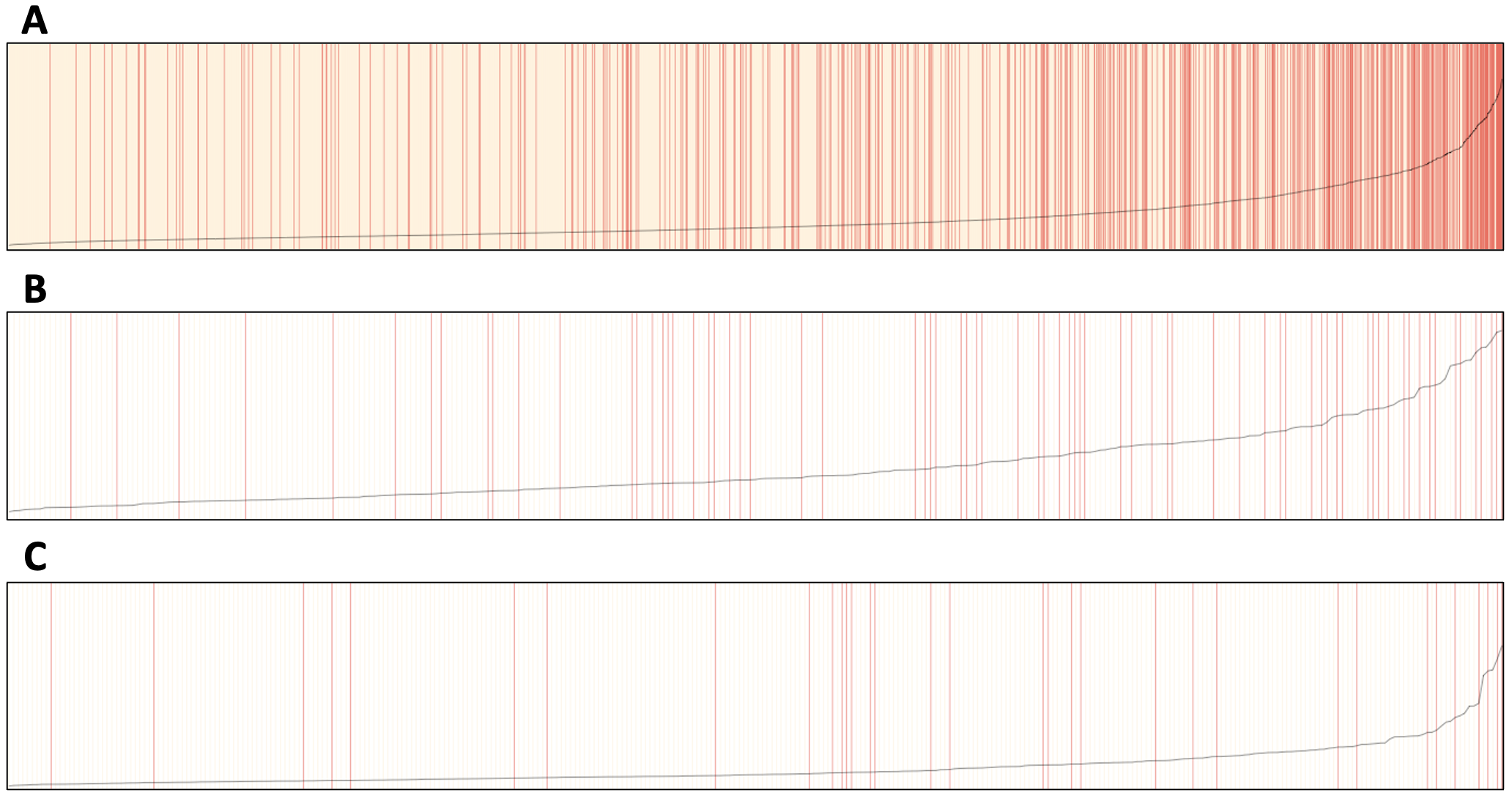Selected Work
This is a collection of projects I have worked on during the course of my master’s program.
Transcriptomics of Thyroid Cancer
To demonstrate proficiency in statistical genetics and omics analyses, I performed a transcriptome-wide association study (TWAS) coupled with a gene set enrichment analysis (GSEA) on papillary thyroid cancer. I utilized data from TCGA and identified differentially expressed genes and enriched gene sets. The following figures were created in the course of the project.


UFO Visualization
I worked with other M.S. Biostatistics students to create a website that explores and analyzes reports of UFO sightings. We used data collected by the NUFORC and adapted by Timothy Renner for this project. If you are interested, our report summarizes these findings.

Breast Cancer Survival
For my final project in Biostatistical Methods 1, I collaborated with two other students to predict risk of death in patients with breast cancer. We built and optimized a logistic regression model and evaluated its performance on different racial groups. Our report is available here.
